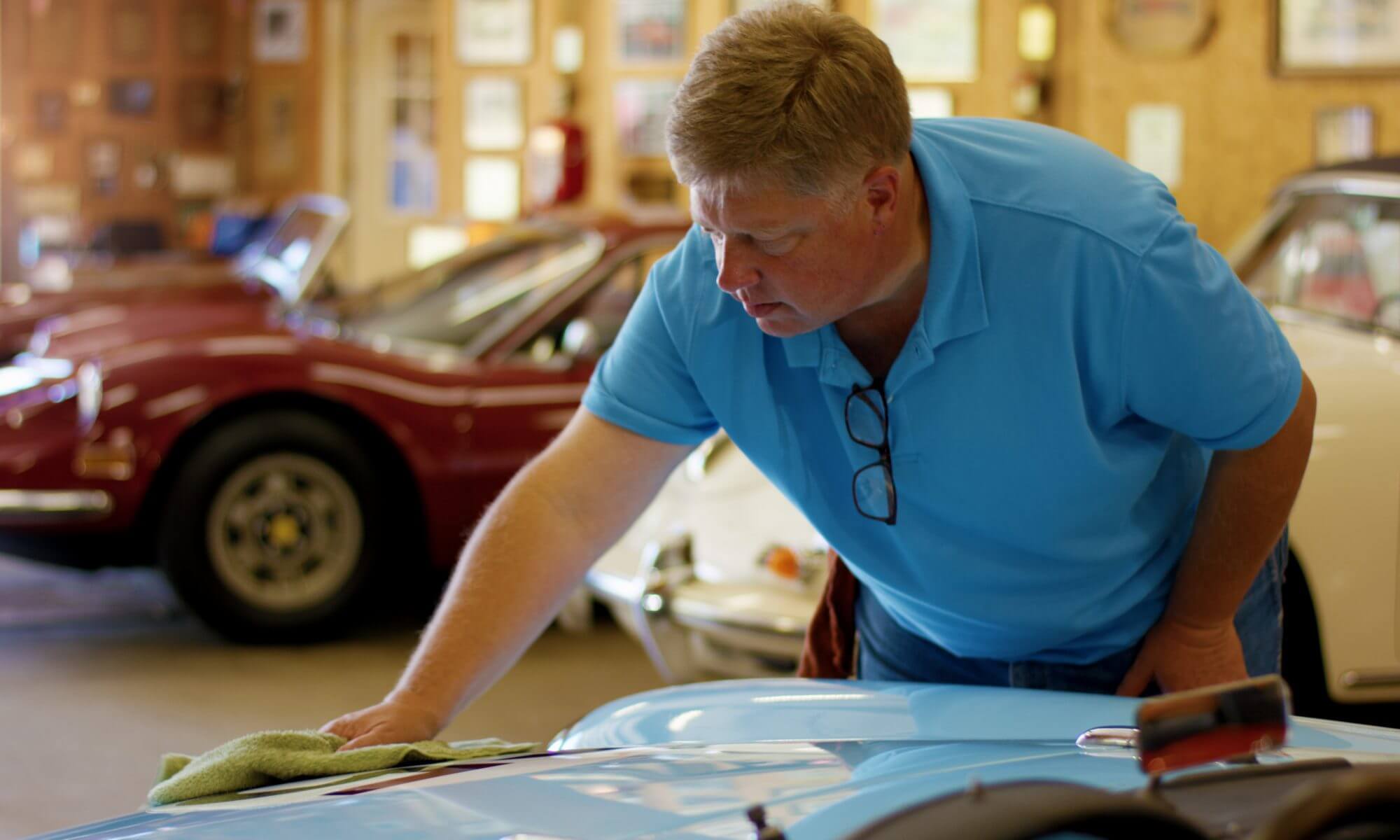Blog

9 steps to winterizing your collector vehicle
In most of the country, cold weather is here to stay, so it’s likely time to prepare your ride for hibernation. And because collector cars don’t live the same life as a vehicle that’s driven every day, it’s important to follow a winterization process thoroughly, to ensure your car survives the cold months.
- Fuel stabilizer is the engine’s best friend. As fuel sits, it degrades and coats the inside of the tank and engine parts. Stabilizer in the tank prevents that. Run the engine a little to get the treatment into the carburetor or injectors.
- Top off the fuel. This prevents condensation build-up in the tank.
- Top off the oil. Make sure the oil level is full. Once spring comes around, you will want to start the car, warm the engine up to operating temperature to burn out the moisture, and then change the oil so you are ready for show season.
- Test and top off anti-freeze. Testing the antifreeze is extremely important to preventing freeze damage to the inside of the engine block. Antifreeze testers are available at most auto parts stores.
- Clean the car before storage. Cleaning and waxing the exterior before putting a breathable car cover on, will help maintain the quality of the paint, and prevent moisture, that can cause corrosion and mildew.
- Tires. Inflate tires properly, and treat them with a good tire gel, both inside and outside walls. You can also put the car on jack stands to get the weight off of the tires. This will help prevent flat spots.
- Reduce moisture. The interior and exterior of the car need to be protected from moisture. A damp garage will corrode all bare metals, damage paint, and cause mildew and mold in the interior. A small fan or a shop light with a candescent light bulb under the car will help eliminate moisture. For the interior, DampRid or some sort of moisture absorbing material will keep things clean and dry.
- Battery. Use a battery tender that monitors the battery and charges it when needed.
- Insurance. Last but not least, check your car’s insurance policy or talk with your insurance agent. Even if you’re storing your ride indoors, it’s still at risk of theft, vandalism, or physical damage.
For informational purposes only and may not be applicable to all situations.
Coverage is subject to policy terms, conditions, limitations, exclusions, underwriting review, and approval, and may not be available for all risks or in all states. Rates and discounts vary, are determined by many factors and are subject to change. Policies are written by one of the licensed insurers of American Modern Insurance Group, Inc., including American Modern Home Insurance Company d/b/a in CA American Modern Insurance Company (Lic. No 2222-8).







